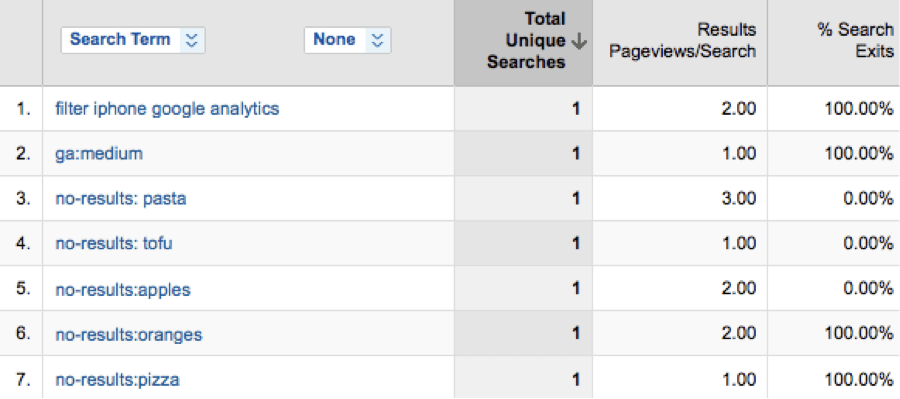Conversion is critical for ecommerce merchants. Most retailers hover around a 2 percent conversion rate. Many of the techniques to improve conversion focus on the checkout flow. While checkout should be the priority, there are other areas of an ecommerce site that can hurt conversion, too.
In this post, I’ll address five indicators of conversion leaks that require a quick resolution.
High Cart Abandonment Rate
This is the most obvious one as it is tied to the checkout flow. Wikipedia claims the average cart abandonment rate is 67.91 percent — anything higher than that could require action. Determine the point in the flow where users abandon the cart. When they are asked to register? When they are shown the shipping charges? When a certain payment method is not accepted? Once the cause is known, it is easier to fix the problem.
Exclude from the cart abandonment rate instances where users add products to the cart and return later to make a purchase. Send only one reminder email when a user abandons the cart. The email should offer assistance with the purchase process and also have contact details, to answer questions.
Many Queries to Customer Service Team
If an online merchant is getting a large volume of calls and emails to its customer service team, the site likely has weaknesses that cause the conversion rate to suffer. Resolve these issues — as described by shoppers — quickly.
Closely monitor the call wait time for shoppers and the average email response times. With a busy customer service team, these times will be longer and can quickly make the situation go from bad to worse.
Low Repeat Customer Count
If a merchant is seeing a high percentage of unique users and a low percentage of repeat customers, the site could have conversion problems — unless the site is designed mainly for one-time buyers. A low repeat customer count could be the result of the site not offering the right types of products. Or the problem could be a poor customer experience during the first visit to the site.
Few repeat customers could also be attributed to not rewarding loyal customers. Customers need to feel valued. Review the subsequent purchases of repeat customers to target one-time customers that bought the same original products.
Extensive Use of Expired Promotion Codes
Retailers should track the use of expired promotion codes. Do not lose a sale because a shopper tried to use a recently expired promotion code. Consider a one-time exception to honor an expired code or, alternatively, issue a new code. Exceptions for expired codes can also be based on the type of customer and the price of the item(s) being purchased.
Accepting expired promotion codes after informing the user is also a good way to improve customer loyalty.
Abundance of Zero Result Search Terms

Merchants can configure Google Analytics to report the site-search terms that return zero results.
Many shoppers come to a site and search for the products they want. Monitor search terms that are not returning results, and update your site-search functionality. This could mean creating tags and synonyms for products to make them findable from multiple search terms. Zero-result search terms could also mean a disconnect with merchant’s search engine strategy and site search, whereby shoppers are coming from search engines with the impression that the site sells certain products and then they are unable to find them.
This metric becomes even more important for multilingual sites. Merchants can lose shoppers if the site-search language differs from the language of the site.




